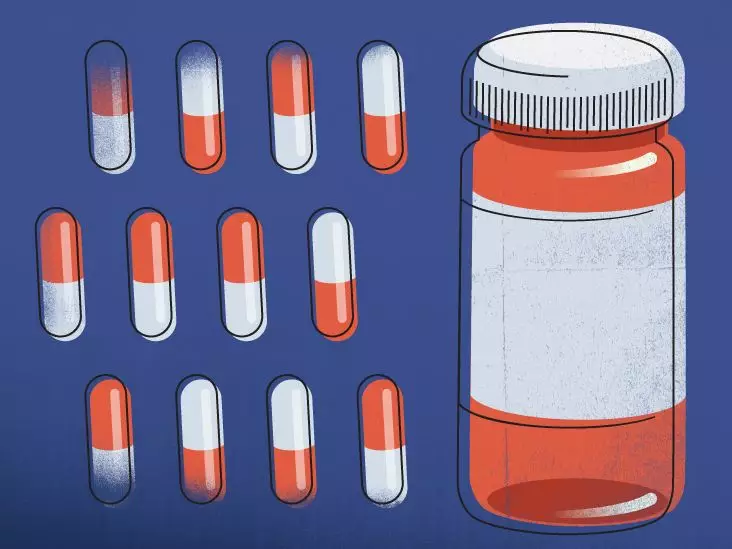Venlafaxine, widely recognized in its extended-release form as Effexor XR, is a pivotal medication belonging to the category of serotonin-norepinephrine reuptake inhibitors (SNRIs). It serves a critical function in the treatment of various mental health disorders, including generalized anxiety disorder (GAD), social anxiety disorder, panic disorder, and depression. With its ability to modulate the levels of key neurotransmitters in the brain, venlafaxine can significantly enhance the quality of life for individuals battling these often debilitating conditions. However, the path to effective treatment is heavily reliant on the nuanced understanding and personalization of its dosage.
The Art of Determining Dosage
Determining the correct dosage of venlafaxine is not a one-size-fits-all solution. Each individual’s journey is unique, influenced by a constellation of factors such as their specific mental health diagnosis, overall health condition, response to the medication, and other existing treatments. Typically, healthcare providers initiate treatment with a lower dosage, progressively titrating it upwards in an effort to land at the most effective minimal dose. This tailored approach emphasizes the importance of patient-doctor collaboration, ensuring optimal outcomes while mitigating the risk of side effects.
Understanding Dosage Strengths
Venlafaxine is primarily offered in three standardized strengths: 37.5 mg, 75 mg, and 150 mg. This structured approach to dosage allows healthcare providers the flexibility to fine-tune treatments based on individual needs. The recommended starting dosage is generally determined by the condition being treated. For example, adults initiating treatment for GAD typically begin at 75 mg once per day, while those with panic disorder might start at 37.5 mg daily. One myth that requires dispelling is the notion that higher dosages are inherently better; rather, it’s about finding that sweet spot where therapeutic effectiveness meets tolerability.
A Comprehensive Regimen: Administration Tips
The administration of venlafaxine also plays an essential role in its effectiveness. The extended-release capsules are designed for once-daily consumption, ideally taken at the same time each day to maintain steady drug levels in the bloodstream. Patients may opt to swallow the capsules whole or sprinkle their contents on applesauce, providing some flexibility for those who may experience difficulty swallowing pills. Consistency is key; missing doses can disrupt the medication’s efficacy and lead to withdrawal symptoms. Medication reminders, alarms, or using pill organizers can aid in maintaining adherence to treatment.
Monitoring and Side Effects
As with any medication, the use of venlafaxine is accompanied by potential side effects. Common experiences can include nausea, dizziness, and dry mouth, but it’s critical for patients to maintain open lines of communication with their healthcare teams. Any adverse effects that may hinder medication adherence should be reported promptly, enabling healthcare professionals to make necessary adjustments. It’s worth noting that the journey may include phases of discomfort as the body acclimates to the medication; however, these sensations often mitigate over time as tolerance develops.
Understanding Overdose Risks
Awareness surrounding overdose symptoms is crucial for anyone on venlafaxine. Signs indicating potential overdose can manifest as a rapid or slow heart rate, dilated pupils, a tingling sensation, and in severe cases, loss of consciousness. Such symptoms underscore the necessity of strictly adhering to prescribed dosages. An overdose can lead to dire consequences, necessitating immediate medical intervention. Patients should never hesitate to reach out to their healthcare provider or emergency services if overdose is suspected.
Long-Term Commitment and Health Risks
As venlafaxine is often intended for long-term use, its implications stretch beyond short-term symptom relief. Patients and providers alike should engage in ongoing discussions regarding the efficacy and side effects of the medication. Optimizing mental health through venlafaxine may require ongoing adjustments and intermittent evaluations of therapeutic effectiveness. This dynamic relationship offers the prospect for sustained improvements in mental health and well-being.
Venlafaxine serves as a vital ally in the complex landscape of mental health management. Its proper administration hinges on understanding both the intricacies of dosage and the collaborative nature of mental health treatment. The journey to mental wellness via venlafaxine is as much about personal empowerment as it is about effective medication management.

